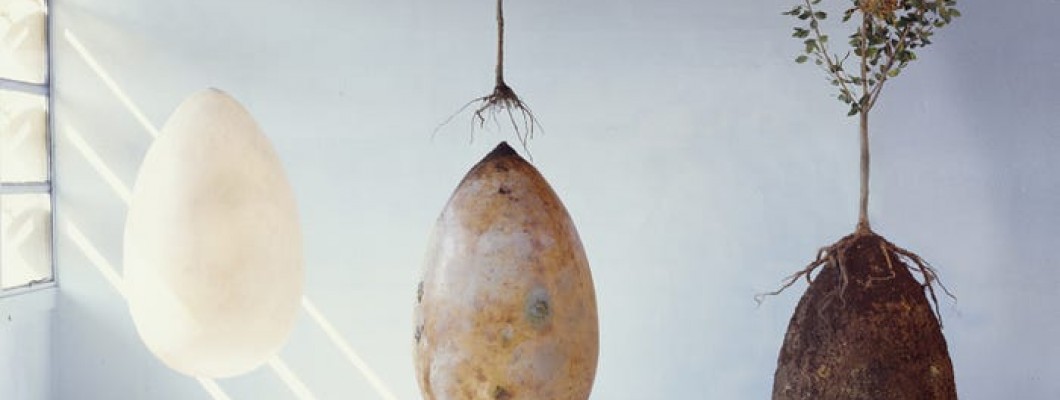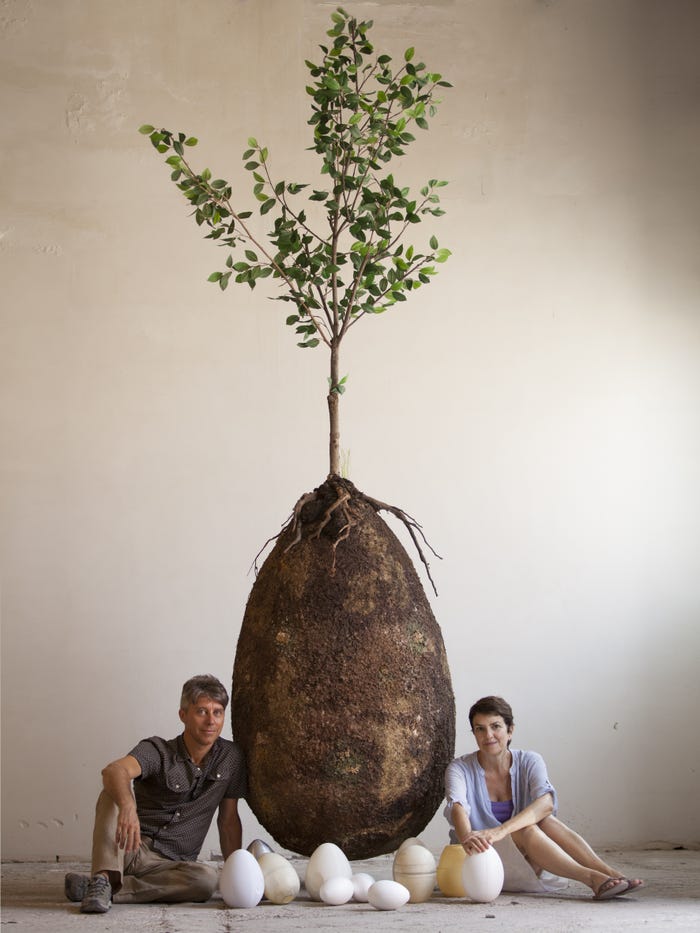
When the word funeral appears during a conversation, the first thought is, of course, sadness. Next to the coffin, urn, tombstone or cemeteries are quite common things associated with death and posthumous procedures. Capsula Mundi took a slightly different approach. Capsula Mundi is experimenting with a unique burial method that effectively turns the deceased into a tree.
How It Works?
The idea is pretty simple and the process is basically just a life cycle. The deceased is placed in a specially made pods or an egg-shaped cocoon that acts as a seed for the tree. This pod with the seeds and the deceased is then buried in the ground with a tree on top. The pod is made from 100% biodegradable corn and potato starch, which decomposes completely over time. The body of the deceased will begin to disintegrate and transform into nutrients that the tree will then absorb through the roots.
The pod, which replaces the traditional coffin, is actually completely organic and biodegradable, allowing the tree to grow. To make this possible, the human body, when in the grave is converted into nutrients. It sounds pretty weird at first, but it’s a completely natural process. Bodies will need to be placed in the pods before death stiffness whenever possible.
This way of burying loved ones allows their deceased relatives to live forever as part of the tree. This way of burying would make cemeteries greener. Instead of cold stones, the cemetery would become a memorial forest where friends and family can visit them, take walks and take care of their trees.

Legislation and environment
Unfortunately, such burials are still illegal in most of Europe. The law requires that the deceased be buried in or in a coffin or cremation urn. A change in the legislation would certainly be welcome, as the pollution caused by cremation or embalming would be significantly reduced. It would also reduce the consumption of energy needed for the cremation process.
Source: https://www.businessinsider.com
Credit for all images in this blog post goes to www.capsulamundi.it




































Leave a Comment